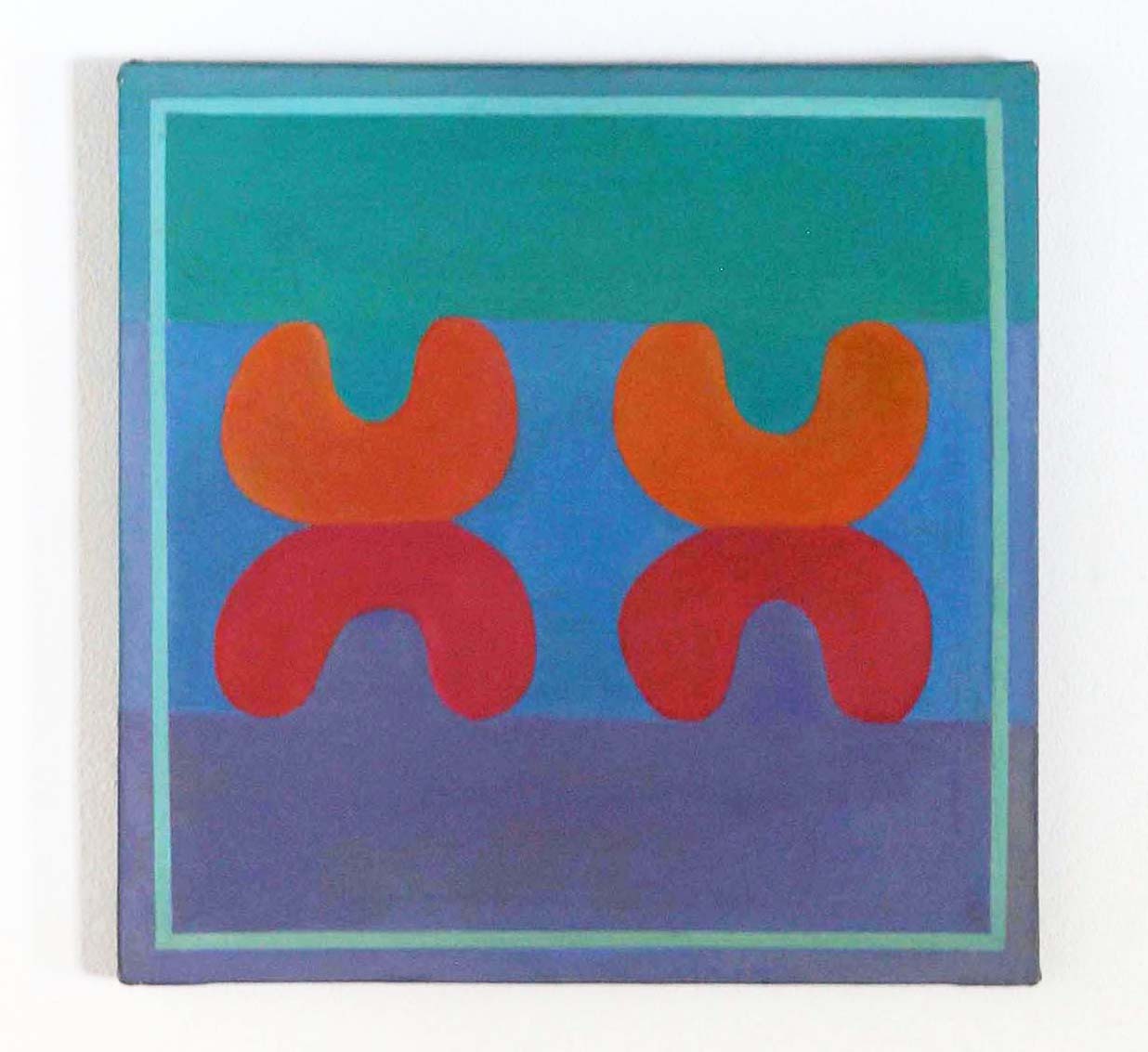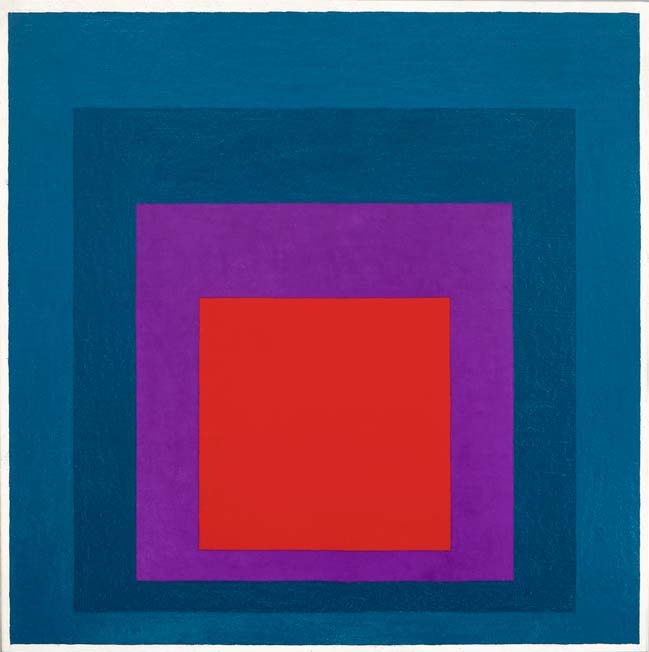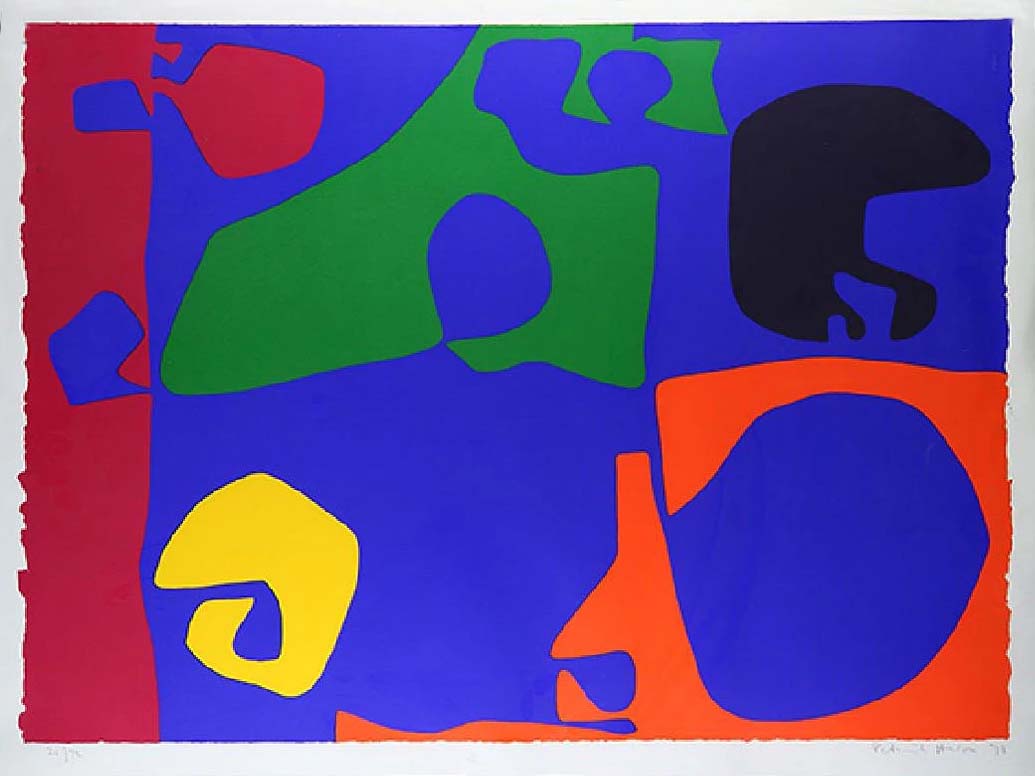The role of the feelings in creativity
This Post makes available the Chapter 19 of my book “Painting with Light and Colour”. Its purpose is to confront the issue of “feeling” in the appreciation and use of colour in painting.
Although this is the only chapter in this book which uses the word “feeling” in its title, it is far from being the only place where the fundamental importance of the feelings in artistic creativity is mentioned. Even when it is not mentioned specifically, its importance is assumed.
Indeed, one of the key proposals that underpins the series as a whole is that the brain’s “feel system” is essential for ALL “learning” and ALL “creativity” and, moreover, that this is the case in ALL domains of human activity.
While it is common experience that the feelings play a key role in providing the “motivation” that is necessary for everything we do or avoid doing, few seem to realise just how deeply embedded it is in the way our brains work. Above all, it is the arbiter that allows us to use “feedback”, a characteristic that means it is involved in determining the outcome of ALL decision making. Thus, it is inextricably involved in determining judgements between:
- Each individual’s assessment of what is “Good” and what is “bad”,
- Degrees of “Similarity” and “difference”.
(For more on this fundamental subject, use the two links at the bottom of this page (below the image of the Patrick Heron painting) to access two chapters from of two of my other books. Both have much to say about the role of feeling, in all its manifestation, including ways in which the brain’s “feel systems” are involved).
.
CHAPTER 19 – COLOUR & FEELING
.
Three paintings

.

.

.
Two chapters that focus on the role of the feelings, from my other books
- “Drawing on Both Sides of the Brain” : Chapter 4, “The sketch”
- “What Scientists can Learn from Artists” : Chapter 2, “Knowledge, skill and feelings”
.
Chapters from Book 1 of “Painting with Light and Colour”
- Introduction: the little known Science behind the many innovative practical suggestions.
- Chapter 1 : The dogmas
- Chapter 2 : Doubts
- Chapter 3 : The nature of painting
- Chapter 4: Renaissance ideas
- Chapter 5 : New Science on offer
- Chapter 6 : Early Modernist Painters
- Chapter 7 : The perception of surface
- Chapter 8 : Seurat and Painting with Light
- Chapter 9 : Seeing Light
- Chapter 10 : Illusory pictorial space and light
- Chapter 11 : Colour mixing – definitions and misconceptions
- Chapter 12: The colour circle: Misunderstandings
- Chapter 13 : Finding a maximum of colours
- Chapter 14 – Colour mixing made easy
- Chapter 15 – Colour mixing by layering
- Chapter 16 – Reviewing previous chapters (1)
- Chapter 17 – Reviewing previous chapters (2)
- Chapter 18 – “All you need to know about painting”-2
Go to top of page
Go to list of all other contents
Thanks, Francis for posting another fascinating chapter. It’s such a huge subject, that at present I find it difficult to make many comments which might add to the conversation.
Yes. emotion must be fundamental, why would anyone pick up a brush in a studio [or cave] without the act, and the result, generating powerful emotions. Perhaps artforms, such as drawing, painting and sculpure have an advantage over digital artforms in that, capturing something requires considerable effort whereas in photography the actual image capture is mechanical/ optic/chemical or mechanical- optic/electric. Arguably photographers have to work harder to imbue their image with meaning, whereas every mark a painter makes is an eye-brain-arm-eye-brain loop; an insight into their interior mental space.
Of course, I’m being harsh on photographers! They use feeling in subject choice, composition, lighting and numerous other ways, but I think I’m describing why [in gereral] I’m more interested in drawing, painting and sculpture than photography.
Thanks for all your interesting insights!
Hi Francis, This is an amazing post. And so vital to every artist and person…as you say, it relates to all human experience. Something we, as a human race, don’t seem to give nearly enough awareness to in the midst of endless distractions. Thank you for sharing this in addition to everything else you’ve shared!
It is refreshing and reassuring that you attempt to give a proper space and to confirm the role of feelings in a description of the making of art. Thank you.
Thank you Francis. I find that the feeling aspect of painting is many times overlooked. I’m so glad to see you sharing your thoughts about the role of feelings as it relates to art. There is a magic that develops when one can release the ego and take the risk to allow feelings to guide their creations.